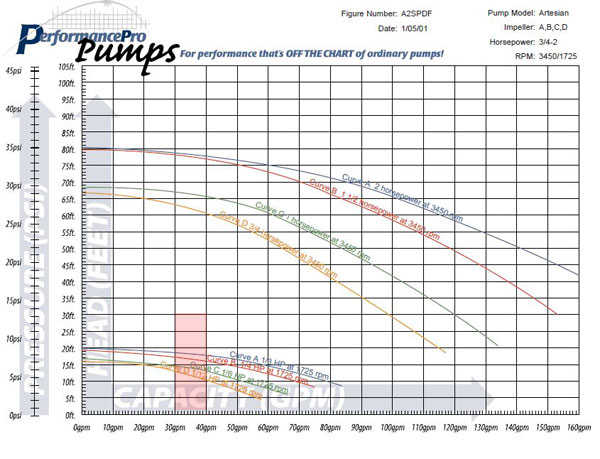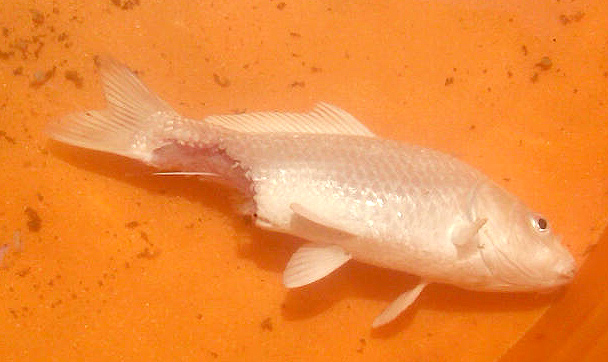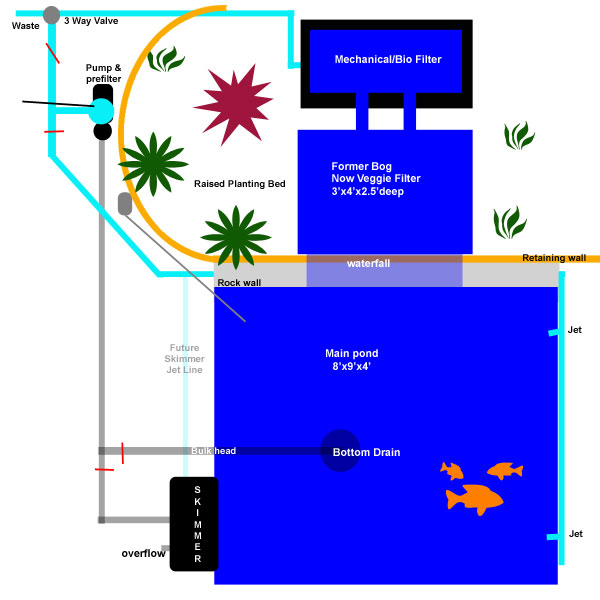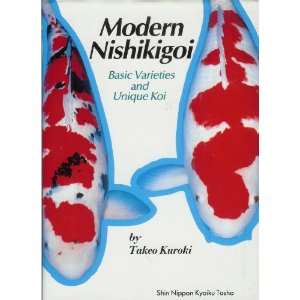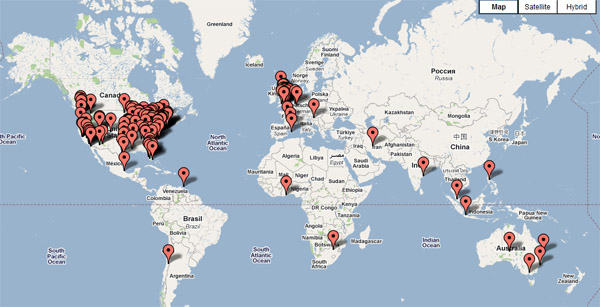Here are the top Eleven things you can use in/for your pond to keep your water clearer. Sooner or later every pond owner will try some or all of them.
The Pump is the major player in your water circulation system. Moving water will control some pollutants which lead to algae blooms and help remove debris into your filters. Flow rate and Turn over volume plays a key role in moving the water adequately through the filtration so that biological nitrification and mechanical filtration. Too much water movement may keep debris stirred up so have some still areas where debris can settle.
For large bodies of water a natural stream can be the source of water movement.
Filters – You can never have enough filtration in a closed recirculating system. Removing the debris, ammonia, Nitrites, and other harmful substances is the primary role of the filters in your pond. By getting the particles out of your pond you should be able to see your fish or plants better. You can use multiple stages and various types of filters to achieve differing results. Size your filter for proper performance and flow rate. Maintaining filters is a necessity for water clarity, dirty filters = dirty water.
UV sterilizer – Since nature will provide algae, bacteria, and other microscopic debris we have to fight it with a powerful UV light which disrupts the cellular structure and kills the offending contaminants. Size, power, location, and flow rate through the filter all play a role in how well this tool works. In a larger body of water you may not need to turn it on often. Under sizing or purchasing poorly engineered UV’s will not give you the bacterial fighting + clarifying aspect you would hope for. Rule of thumb is maximum 40GPH per Watt for clarifying or 15GPH per watt for fighting protozoa and difficult bacteria.
Drains and Skimmers – Connected to your pump or via gravity flows these devices in your pond will remove the bulk of the debris and toxins in the pond. Drains should be researched to make sure the one you are considering is adequate for the square footage of your pond. Skimmers are critical for removing leaves and items falling into the pond before the fish begin shredding them or they fall to the bottom to rot and cause other issues.
Aeration – Good for healthy fish and also helps colonize good bacteria. Seems to reduce algae too. It can disrupt the water surface and hide your fish from predators overhead too.
Bacteria – Often overlooked, bacteria plays a critical role in your pond’s health. It is nitrifying bacteria that sticks to the walls of every pipe, walls, and filter pads that cleans the water. You can give nature a boost by adding in additional bacteria. You may spike your nitrates for a while after adding them but a few plants or the next algae bloom will balance things out as long as your bacteria can colonize and convert wastes.
Algaefix and Flocculants – If fighting algae blooms and are growing impatient with the natural cycle or you need to show off your fish at a backyard party, Algaefix will kill most water born algae in a few hours. A flocculant will bind small particles and help the fall to the floor of your pond where hopefully your drains can remove the debris. Do not leave dead algae in the pond, it will merely feed the next bloom.
Koi clay – Also known as bentonite / montmorillonite clay, is clay that contains the most minerals and trace elements not found in our tap water or wells. I am not sure why this promotes water clarity other than improving hardness and encouraging plant growth but users swear by it. I have ordered some and will be trying it soon. It only takes about a spoonfull per 1000 gallons.
Food – How often and how much you feed your fish makes a difference in the amount of fish waste and uneaten food debris that is in your pond. Quality of food can also play a role. Feed your fish the best food you can and limit your feeding to what they will eat in a few minutes 2-3 times per day. Use your skimmers and drains to get rid of uneaten food.
Plants – Plants in the pond shed leaves as well as play a role in the nitrification cycle. A lot of plant debris from dying plants maybe contributing to algae blooms, while healthy eating plants will remove nitrates and nitrites. Plants around the pond and nearby trees will more than likely add to debris rather than help. a large tree over the pond can provide some shade so algae does not get as much sunlight. Floating plants will do this more effectively but may not be feasible with hungry fish.
Time – it can take months to establish a good biological cycle in a pond. Constantly adding chemicals or flow changes may lead to less than ideal water. Give the pond a few months to settle before making major changes.

